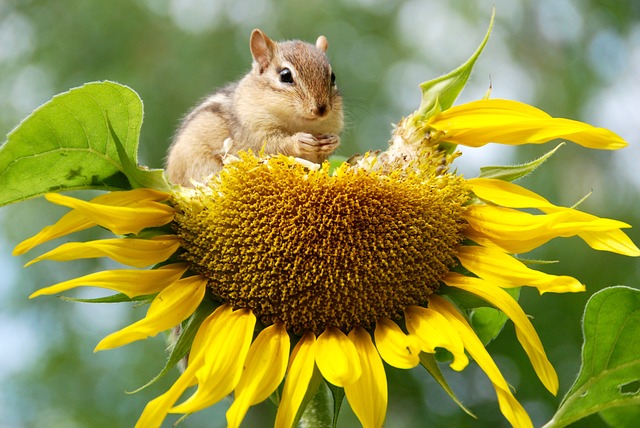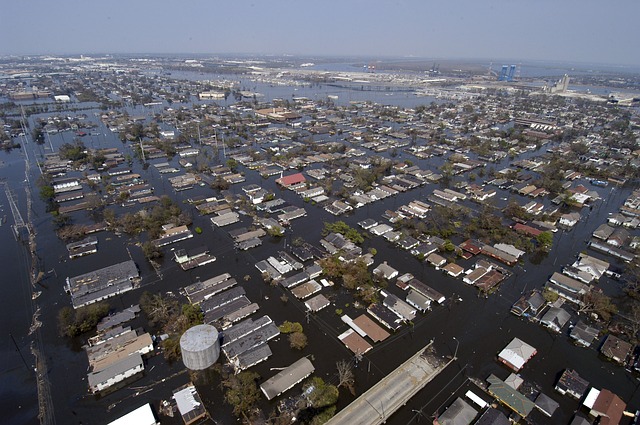INTRODUCTION
Biodiversity Conservation: It is defined as a particular way of protecting and managing biodiversity so as to get resources as a means to sustainable development. Read: Biodiversity Loss – Causes, Effects, and Solutions
Objectives of Biodiversity Conservation: Conservation of biodiversity has three key objectives that are listed below.
- Its first objective is to protect biodiversity.
- The second objective is to make use of ecosystem and biodiversity in a sustainable way.
- The third and last one is to sustain life by supporting ecological processes.
Conservation of biodiversity is regarded as the protection, preservation, and maintenance of a diverse variety of species. This term also includes conservation strategies related to genetic variability, ecosystems, and habitats.
Also read: Biodiversity Management Methods, Techniques And Importance
IMPORTANCE OF BIODIVERSITY CONSERVATION
Biodiversity conservation is important for humans because it provides us numerous benefits such as fuel, food, wages, health, and services. Economic development has also a deep connection with biodiversity conservation.
- Conservation of biodiversity preserves flora and fauna as a means to produce food, recycle nutrients, fertilize the soil, regulates pests and diseases, etc.
- It plays an important role in economic growth. Many people use natural resources such as wetlands, mangroves, forests, and water reserves for their livelihood.
- It assists in tackling the impacts of climate change. Conservation of natural ecosystems such as forest cover can reduce the frequency of natural disasters.
You might also like: Measurement of Species Biodiversity – Methods and Techniques
METHODS OF BIODIVERSITY CONSERVATION
There are two methods of conserving biodiversity. Both are described in the table presented below.
| In-Situ Conservation | Ex-Situ Conservation |
| In this method of conservation, the biodiversity (plants and animals) is conserved within natural habitats through establishing protected areas. | In this method of conservation, the endangered biodiversity (flora, fauna, etc) is conserved in an artificial ecosystem. |
| Examples are Reserves, Wildlife Sanctuaries, National Parks | Examples are Zoos, Botanical Gardens, Tissue Culture Banks, Captive Breeding, Seed Banks, etc
|
You might also like: Biodiversity Conservation is Ecosystem Restoration-Pictures
IN-SITU CONSERVATION
- Reserves: These protected areas have multi-purpose services, where the researchers and tourists are allowed for their respective interests. It includes the preservation of wildlife, domesticated flora and fauna, and the traditional lifestyle of natives.
- Wildlife Sanctuaries: As the name depicted, these places are specially designated for wildlife only. These places are visited by tourists. Humans can use natural resources in wildlife sanctuary unless they disturb conservation methods.
- National Parks: The government establishes and maintains small reserves with limited boundaries in which human activities are banned.
EX-SITU CONSERVATION
- Zoos: Zoos are parks used as recreational places for the public. In this method of conservation, animals are restricted in a limited space where they can breed and live in a semi-natural habitat.
- Botanical Gardens: It includes plants that grow in conservatories and greenhouses. Botanical gardens are important for research purposes.
- Tissue Culture Banks: This method includes the transformation of plants and animal tissues within an artificial ecosystem where they grow and survive.
- Captive Breeding: This method is important because it prevents biodiversity from extinction. It includes the conservation of threatened species.
- Seed Banks: This method is used for conserving plants in a controlled environment. The seed banks are specially designed for restoring genetic diversity.
Also Check Out: Are Zoos A Necessary Evil For Species Conservation?
I hope you all liked this post! Please comment below if you have any suggestions, comments, or feedback! We at #envpk love hearing from our readers! Thanks!




